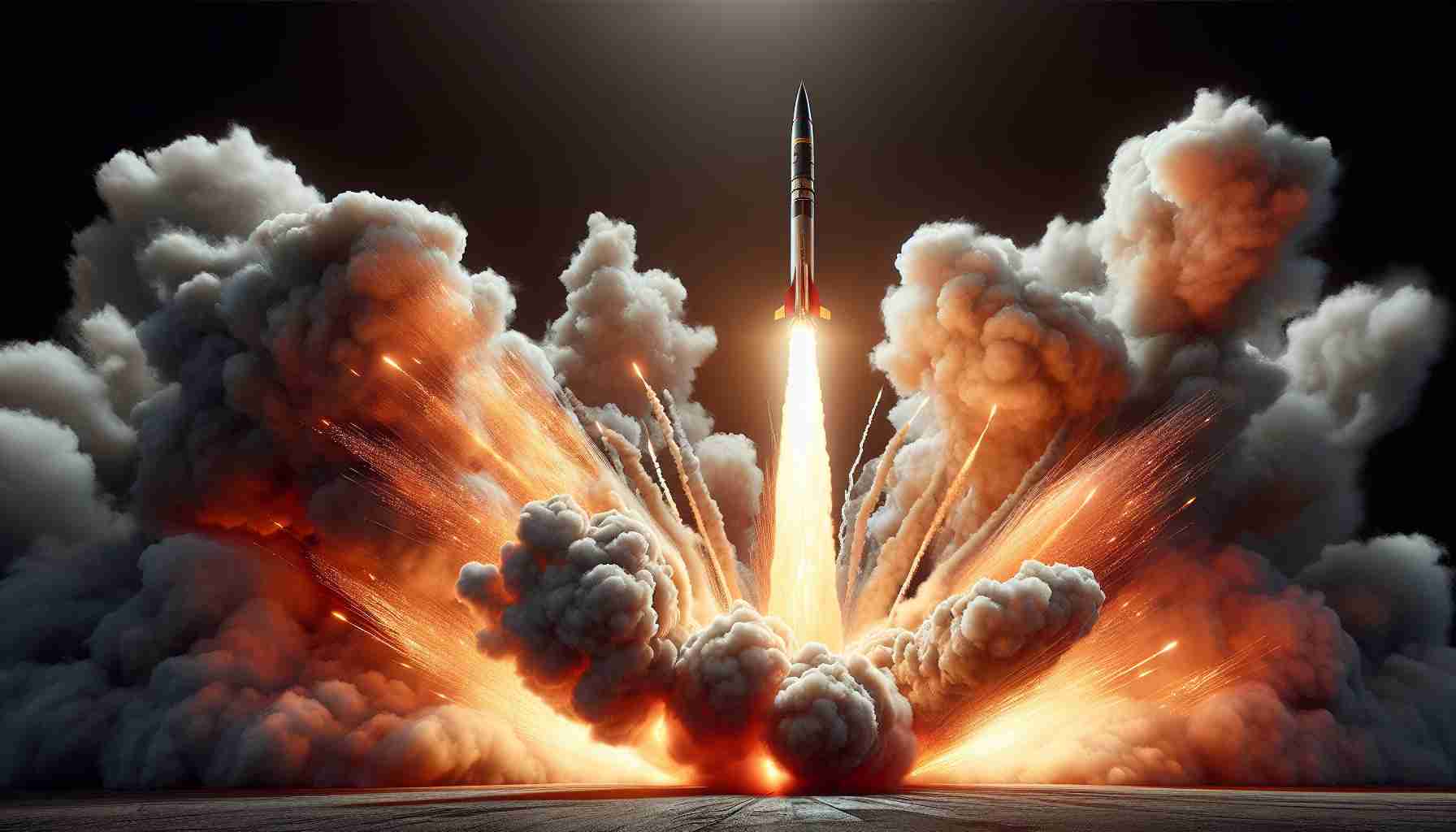The Quantum Leap into the Future
In an exciting announcement, the United Nations has declared 2025 as “The Year of Quantum Science and Technology,” celebrating the 100th anniversary of Werner Heisenberg’s groundbreaking paper that transformed our understanding of physics. This pivotal document introduced innovative concepts that paved the way for the quantum mechanics we know today.
Heisenberg’s revolutionary ideas came at a time when classical physics struggled to explain phenomena observed in the quantum realm. The peculiar behaviors of particles, such as light behaving like both a wave and a particle, challenged existing theories. The inadequacy of classical frameworks became increasingly apparent to physicists during the 1920s, setting the stage for a new era in scientific thought.
A group of bright, young minds emerged to tackle these challenges head-on. In 1925, Heisenberg, just 24, along with the 23-year-old Paul Dirac and 38-year-old Erwin Schrödinger, became instrumental in furthering this quantum revolution. Remarkably, Heisenberg was awarded the Nobel Prize in Physics in 1932, while Dirac and Schrödinger shared theirs the following year, highlighting the impact of their contributions.
As we commemorate this centenary, it is clear that the legacy of these visionary scientists continues to inspire and shape the future of quantum physics, illustrating the profound implications their work has for modern technology and our understanding of the universe.
Unlocking the Mysteries of Quantum Technology: A Glimpse into the Future
### The Year of Quantum Science and Technology: A New Era
The United Nations has officially recognized 2025 as “The Year of Quantum Science and Technology,” marking a significant milestone in the field of physics. This declaration celebrates not only the groundbreaking work of pioneers like Werner Heisenberg but also the remarkable advancements that quantum technology promises for the future.
### What is Quantum Science and Technology?
Quantum science and technology encompass a range of fields that apply quantum mechanics to develop innovative applications. This includes quantum computing, quantum cryptography, quantum sensors, and quantum communications. These technologies leverage the principles of superposition and entanglement to perform tasks that classical technologies cannot achieve efficiently or securely.
### Key Innovations in Quantum Technology
1. **Quantum Computing**: This is one of the most exciting advancements where quantum bits (qubits) process information at unprecedented speeds. Companies like IBM and Google have made significant strides, with IBM’s Quantum System One already operational as a cloud-based platform for developers.
2. **Quantum Cryptography**: This technology aims to make data transmission secure through quantum key distribution (QKD). The security of QKD is based on the principles of quantum mechanics, making it virtually tamper-proof against eavesdropping.
3. **Quantum Sensors**: These devices utilize the sensitivity of quantum states to measure physical quantities with extraordinary precision. This can have applications in healthcare, navigation, and environmental monitoring.
### Use Cases and Applications
– **Industry**: Many sectors, including finance, pharmaceuticals, and logistics, are looking into quantum technologies to optimize operations, reduce costs, and innovate products.
– **Healthcare**: Quantum sensors could enhance imaging technologies, leading to earlier disease detection and improved patient outcomes.
– **Security**: In an era of growing cybersecurity threats, quantum cryptography offers a new frontier in protecting sensitive information.
### Limitations and Challenges
Despite the promising developments, several hurdles exist:
– **Scalability**: Building scalable quantum computers that can operate beyond prototype stages remains a significant challenge.
– **Environmental Sensitivity**: Quantum systems are extremely sensitive to environmental disturbances, which can cause decoherence and loss of quantum information.
– **Standardization**: As the field is rapidly developing, establishing industry standards is crucial to ensure interoperability among different technologies.
### Future Trends and Predictions
As we approach 2025, the integration of quantum technology into everyday applications is expected to accelerate. Experts predict that by 2030, quantum computing could solve complex problems in seconds that current supercomputers would take years to address. Furthermore, advancements in quantum security may redefine data protection in an increasingly digital world.
### Pricing and Market Analysis
Currently, investments in quantum technology are growing, with venture capital funding increasing consistently. For instance, the global quantum computing market is expected to exceed $65 billion by 2030. Companies and governments are pouring resources into research and development, indicating a strong belief in the potential of quantum innovations.
### Conclusion
As we celebrate the legacy of Heisenberg and his contemporaries, the future of quantum science and technology appears bright. The advancements on the horizon promise not only to enhance scientific understanding but also to revolutionize industries and improve lives worldwide.
For more information on the future of quantum technology, visit the United Nations.
















